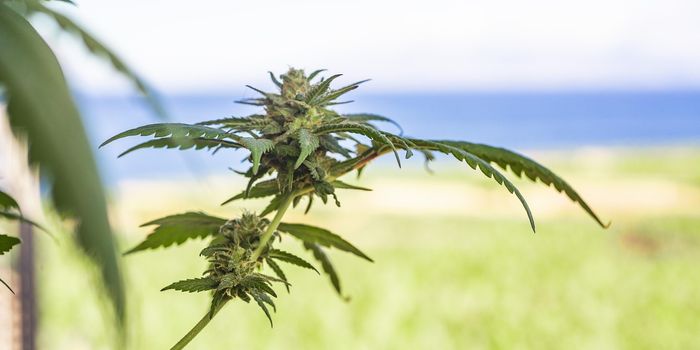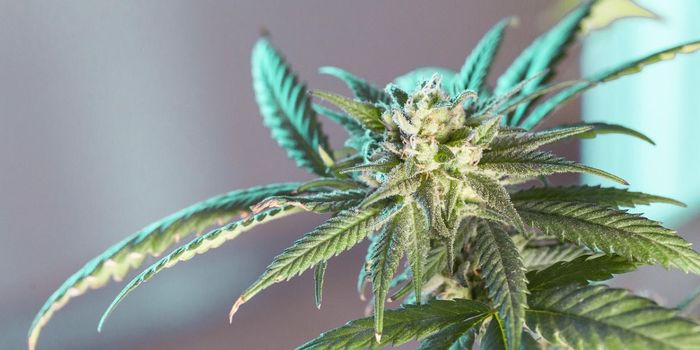What are sublinguals and how do they work?
Sublingual means ingesting under the tongue. In the case of cannabis, this involves administering drops, or a placing a tablet or strip under the tongue to dissolve. One of the biggest draws to this method is that the effects are very fast acting, typically within 15-30 minutes. This also means that users have a lot more dosing control when compared with that of consuming edibles.
When you also consider the 2–4-hour or longer onset time associated with edibles, and how easy it is to accidentally over-consume edibles while you wait for the onset of effects, sublinguals have a big advantage.
The drawbacks to sublinguals tend to be the high’s shorter duration time, and difficulty in achieving strong, intense effects. Additionally, drops typically have a grainy, earthy taste, which some users find unpleasant or difficult to tolerate.
However, sublinguals can be easily combined with other methods of cannabis consumption, they are discreet, and they are portable. Sublinguals don’t exude a weed smell, and they are low in calories. These are all huge advantages, especially for medical use.
Furthermore, sublingual drops can be added to beverages – though that changes the method of absorption and onset of effects – which adds to their sublinguals’ overall versatility. The pills and strips also come in a wide variety of flavors, masking the cannabis taste and making them palatable to users who want to consume on the go.
For users seeking a flexible, discreet manageable method of cannabis consumption, sublinguals offer an option worth looking into.
Sources: Grow The Hop, Thrillist, Cannametrics









